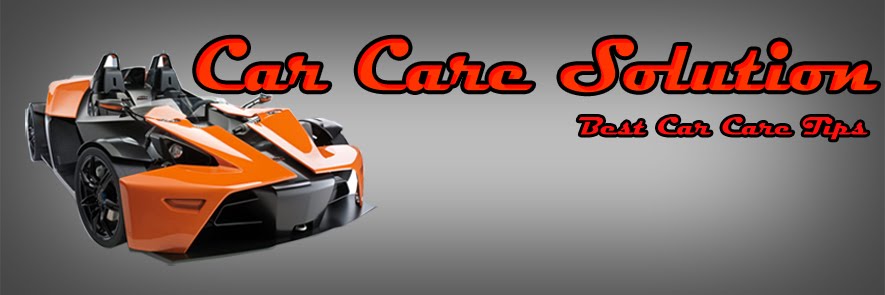Do not underestimate the fact that the new model Hyundai i10 can be left behind by Picanto, this car shares very little with its Kia sibling. In fact, even i10 sits about a different platform, it is distantly related to the Hyundai Getz Supermini, although the incoming the 1086cc 12-valve engine can also be found in the Getz, as well as in the Kia Picanto. In the i10, different ECU settings mean that peak torque is available at 2800rpm, as opposed to 3200rpm in the
Getz. yet, although the Getz is some 260mm longer and 70mm wider than the i10, the i10 is the same weight, coming in at 975kg on MIRA’s scales. But there is substance to the i10’s engineering. For example, the tubular torsion beam rear suspension is tougher than the set-up on the i10’s Amica predecessor, allowing the lateral supporting rod to be removed from the design. The resulting extra space has been used to create a lower boot floor, which in turn allows for neat packaging tricks such as the underfloor boot storage tray.
What you expect from a city car is lively, peppy performance around town, and for the most part the i10 delivers.
Accelerating up to the 30-40mph maximum speeds of town and city driving, the i10 feels instantly lively and agile. Mainly, the i10’s feeling of urban agility comes from the action of the gearshift itself. The five-speed ’box’s throws are nicely judged and the lever moves with a satisfying, well oiled ease.
If the i10’s transmission is deeply outstanding, the performance of the engine itself is less successful.
There’s nothing wrong with the car’s power or torque outputs on paper – 65bhp and 73lb ft of torque are par for the course – but there’s not enough zing to the way the engine goes about its business. The 1086cc four-cylinder petrol motor is smooth enough, but there’s a buzzy vibration as the revs begin to climb that makes the car feel vaguely unrefined.
Stopping isn’t a problem. Being the only car in the class with disc brakes all round and with only 975kg to haul to a stop, the i10’s braking is more than up to the job.
Around town ride is the most important aspect of this class of car, and is probably the i10’s strongest suit. It subdues the effects of the scars and potholes rather than heaving and pitching over them as a more softly sprung car would.
The steering is also greatly well judged for busy urban traffic. The electrically assisted rack is light, direct and relatively quick-acting (3.0 turns from lock to lock), and the car has an impressively tight turning circle of 9.2 meters.
Out of town, the taut but comfortable ride translates into impressive country-road composure, flowing over undulating, lumpy B-roads. Through corners the i10 stays flat, neutral and safe, with very little body roll and a decisive turn-in. The i10’s mid-corner behavior is certainly predictable; it’ll either stay on line or drift into safe and controllable under steer.






